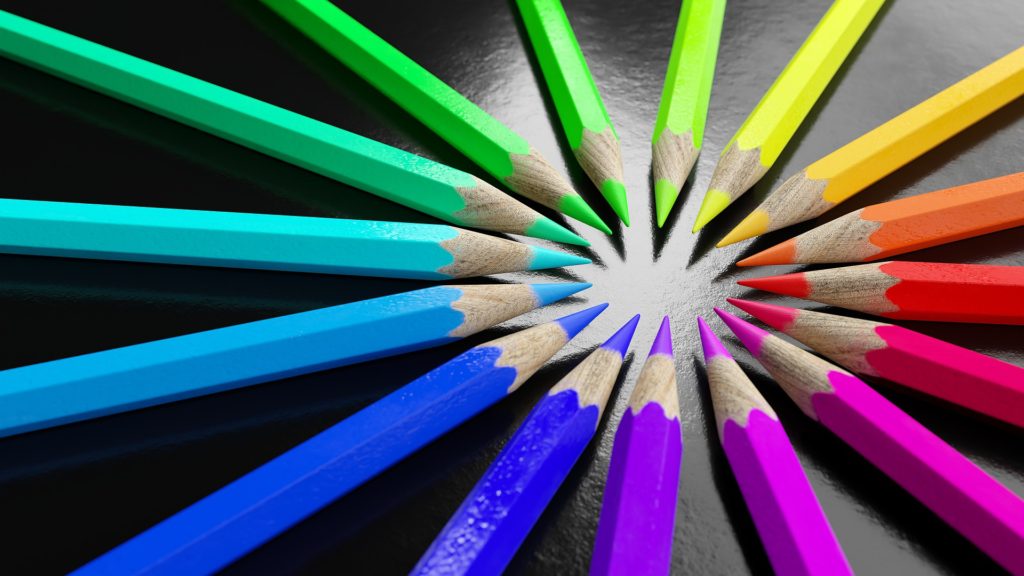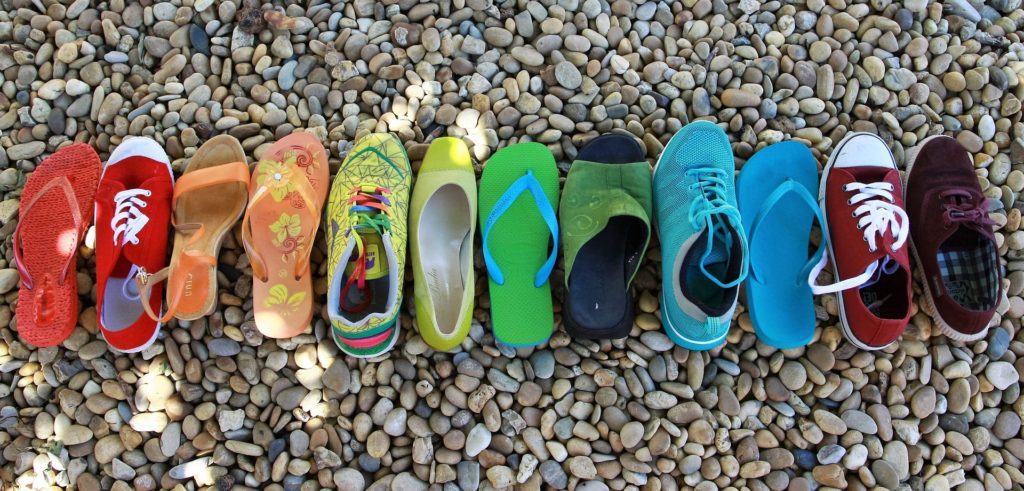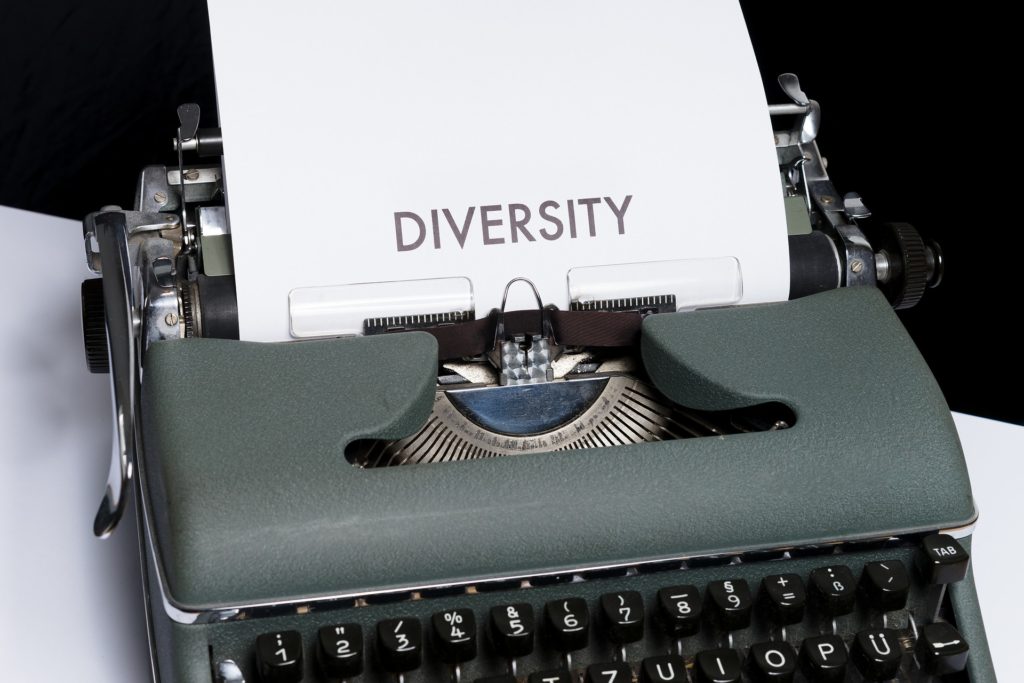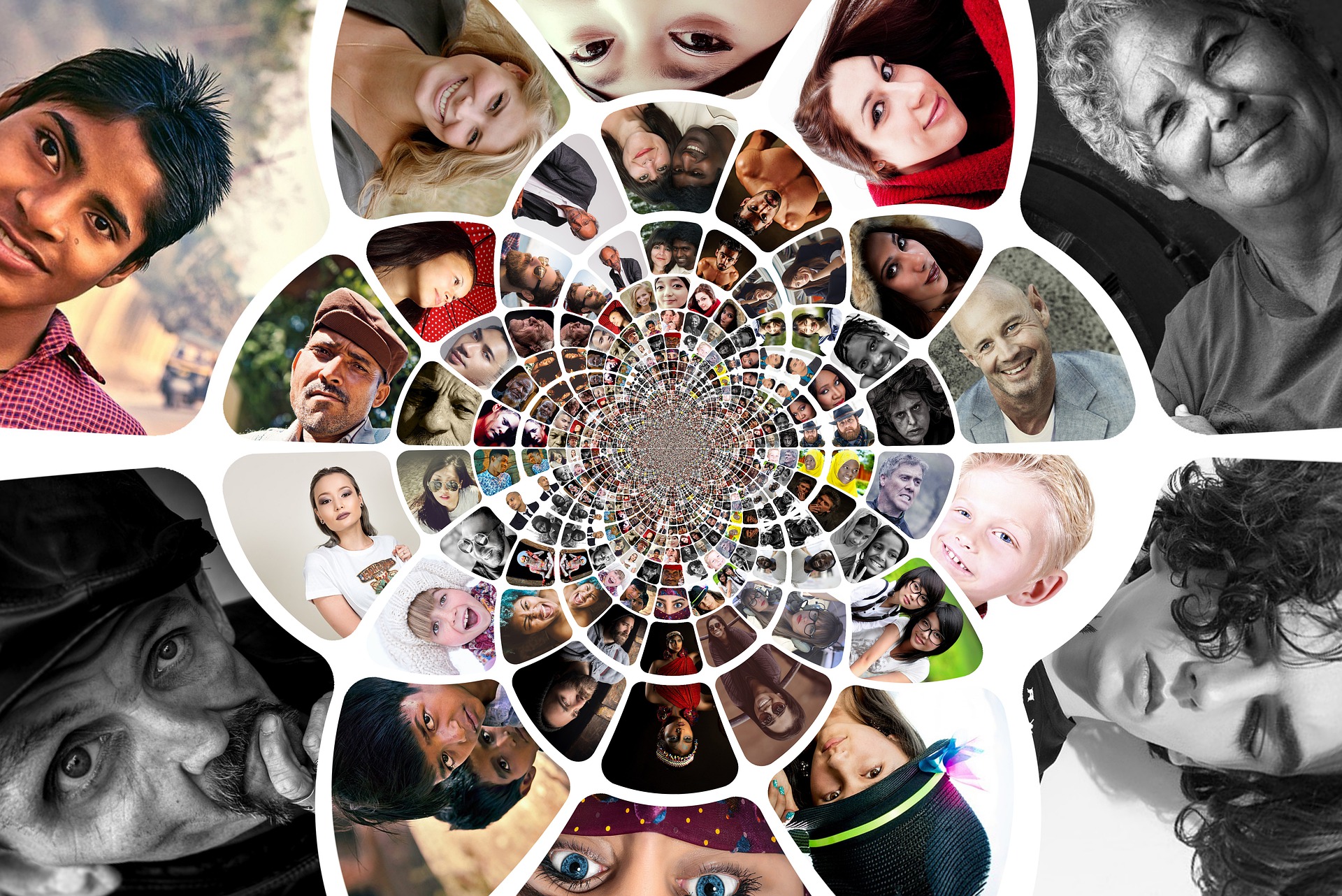
Today we’re talking about including diversity in our writing! Which is a huge (and hugely important) topic so be on the lookout to linked resources for further reading along the way. We’ll be talking about why including diverse characters in our writing is important, why it may be hard, some common pitfalls, and 5 steps to help along the way.
There could probably be a hundred steps but for today we’ll focus on 5 🙂
There are many types of diversity, including (but not limited to) : race, class, culture, religion, disability, age, body type, sex and gender, and sexual orientation.
We’ll touch on many of these but please know these are all important even if not explicitly mentioned. And (as always!) if you feel like I’ve left something out or you have something to add, please share in the comments.
A bit about me: I’m not particularly diverse myself- I’m a white, straight, middle class girl from New England. There are many other voices who have more experience on this issue than myself and I’m well aware I still have much to learn. My goal is simply to bring attention to these thoughts and ideas and urge us forward because together we can do better and be better.
When we’re talking about diversity, it’s not a box to check. It is a reality that should be deeply felt and held and valued by all of us.
Ava DuVernay
Diversity is about all of us, and about us having to figure out how to walk through this world together.
Jacqueline Woodson
Diversity In Our Writing: Why It’s Important
Diversity in our writing makes the world better.
Stories shape how we see the world and how we see ourselves. They have enormous power.
By including all people in our stories, showing different perspectives, and demonstrating respect for all people, our writing can lead to encouragement, education, and empathy.
Encouragement
It is immensely meaningful to hear stories of people like ourselves, to know we are not alone. Including diverse characters and perspectives allows all readers to be included and seen.
Education
We learn so much from reading and are often more open to new viewpoints when its portrayed in fiction rather than real life. Stories with diverse characters can help readers better understand the complexities of other people’s lived experiences.
Empathy
Ideally the more we learn and listen to one another, the more we realize that everyone has a story to tell, that everyone has worth and deserves respect.
Diversity in our writing makes our writing better.
Including diversity in our stories is truthful and ultimately makes our stories stronger.
The real world is full of diverse people with radically different experiences and perspectives. Life is not simple or always very pretty and our stories should reflect that complexity.
We are all different, which is great because we are all unique. Without diversity, life would be very boring.
Catherine Pulsifer
It is time for parents to teach young people early on that in diversity, there is beauty, and there is strength.
Maya Angelou

Diversity In Our Writing: Why It’s Hard
While including diverse characters in our stories is incredibly important, it can also be difficult for a number of reasons.
It may require more research and work to include these perspectives in our stories.
These stories may be complex and sensitive, personal and emotional. They may cover topics we aren’t familiar with ourselves, stereotypes we need to address or avoid, or subjects we feel strongly about and aren’t sure how to share with the world.
It requires wisdom and humility.
For whatever reason, we may not be capable of telling a particular story as well as it deserves and it requires wisdom and humility (and often a dose of feedback!) to determine what stories we can or should tell.
We may not always belong to the community of every character we write about and that’s okay, but we should ensure we are honestly in good faith with our efforts and doing our best in our portrayals of all people.
We all have a role in making our world a better place and ensuring everyone is treated with dignity and respect.
Often our portrayal of diversity may be critically examined and criticized.
Now, it’s actually important for our work to be critically examined- we need people who will speak up when they read something problematic such as spreading harmful stereotypes.
However, it’s never comfortable to be criticized and these topics can be sensitive and highly personal. While we can make every effort to portray them in an honest way, we will make mistakes. And we will make some people upset by that.
Does this mean we should avoid the topics?
By no means.
But it does mean we need to be humble. It means we need to be honest and we need to try our very very very very best. And when we do fall short, we can acknowledge that and learn what we can to do better next time.
Haters Gonna Hate
Some people will complain about stories including diverse influences and characters because this inclusion makes them feel uncomfortable.
Change and progress are often uncomfortable but that doesn’t mean we should stop.
5 Common Pitfalls
Stereotypes
Stereotypes are incredibly common and can often creep in without us even being aware of them. This is especially true AND especially harmful when writing about diverse characters.
Tokenism
Tokenism is when we include a single diverse character in our stories sort of as a symbolic effort, such as the “one black friend.” These characters are generally in support or background roles. This may be a place to start inclusion but there is a long way to go- we can’t stop here.
Villains
If our token diverse character is cast as the villain this sends all sorts of problematic messages. Please don’t do this.
Killed Off
Diverse characters are not only often cast in side roles but they are also disproportionately killed off.
Flat Characters
Diverse characters should be well developed beyond the specifics of their diversity. A character’s religion, race, or ability (etc) is not the only aspect to them as a person. We should write and develop these characters just as we would write and develop any other character.

5 Steps For Writing Diverse Characters
1- Intentionality
This isn’t going to happen by accident.
We need awareness of diversity issues and awareness of common blind spots (including our own!) before we can then consider how diversity may fit in with our work.
When looking to include diverse characters in our stories, we don’t want to shoehorn topics into our stories and we don’t need to be checking off inclusion items off a list like we’re trying to get diversity bingo.
What we do want to do it to look for how diverse characters are a part of the world we’re writing.
Pay attention to the real world and see how there is so much diversity and then make efforts to put that back into our writing. Characters of different colors, people with different pronouns, varying levels of physical appearance and ability, different faiths and attitudes toward religion.
When we gravitate towards what we know or what is easy we may easily trend towards stories built on stereotypes and neglecting to broaden our view.
Every story doesn’t need to be a diversity manifesto (though if you’re writing one, feel free to send me a message telling me all about it!!). Instead there are plenty of ways we can quietly (or not so quietly) be pushing back against stereotypes and challenging worldviews through our fiction.
2- Character Development
Writing diverse characters is just like any other character: they have motives, emotions, dreams, histories, quirks, and character arcs.
While we want to ensure we are including authentic diverse experiences and expression for a diverse character, we also want to remember that some elements are universal and they are more than a diversity check-box.
Ensuring characters are well developed will help us avoid many of the pitfalls above such as flat characters and stereotypes.
3- Respect for All, Always
This right here is the key of it all.
Because all people, ALL PEOPLE, are deserving of respect. All people are valuable, worthy of love, and created equal.
If we hold this mindset close, it will guide our writing and allow us to naturally include all people into our writing worlds.
4- Research
Research is always important! Especially when we are including diversity in our stories- we just had an entire list of common pitfalls, and that wasn’t even all of them.
Types of Research
General Research
General research is when we increase our understanding of diversity in the real world, such as educating ourselves on subjects of gender and sexuality, learning about mental health, talking to people about their different religious experiences, or learning about ageism, racism, ableism, or any other -ism you can think of.
Learning about these topics is how we will gain a better awareness and understanding. This will not only allow us to be better humans (yay!) but also to be better equipped to reflect these topics in our writing.
Specific Research
Not only is it beneficial for us to increase our general knowledge and understanding on topics of diversity, but it is also sometimes necessary for us to research specific issues for our writing. Depending on the story or characters, we may need to focus on a certain aspect of something.
When we research a specific topic (or anything at all!) we have to keep in mind that while there are sometimes common experiences, there are also unique and personal experiences and everyone is different. We shouldn’t read one article or speak with one person and assume that is “the way it is.”
We owe it to our subjects, our stories, and our readers, to do due diligence with our research and do the best we can.
How to Research:
Sometimes it’s as simple as looking up terms in google and starting there. Wikipedia. Finding sources online and seeing where it takes you.
The local library is a huge resource. I actually like to start in the kids section and see what they have- it can be a nice approachable start (with pictures!) that can give me an idea of what I need to learn next.
Reading nonfiction is important but sometimes we can learn from reading fiction books as well, especially by reading work by authors who belong to the diverse culture they are writing about.
Talking to people directly can be a great way to learn more as well! If you have connections with individuals who belong to the people group you are writing about, ask them if they would consider sharing a bit about their experiences with you. (Make sure to buy them coffee at the very least for their time!)
There may also be local groups you could get connected with. For instance, if you are including someone with a Jewish background in your writing, you could visit a local synagogue, observe their services, and speak with staff.
When doing research we want to remember that everyone’s experiences may be different and we shouldn’t assume we understand an issue after reading about one particular situation. We want to research well enough that we can represent the culture at hand authentically and with respect.
5- Feedback
One way we can make sure we’re doing the best we can is to get feedback!
Now feedback is always important (I’ve talked about it before) but it’s especially important when writing on subjects that are 1) sensitive and 2) topics we may not be experts in ourselves.
Beta readers are the most common form of feedback but we should also consider sensitivity readers and particularly finding readers who belong to any diverse groups we are representing in our work. Remember that these readers do not owe us their time and energy: we should be asking humbly as well as offering to compensate people for the work they are doing for us.
Speaking of humility: we need to make sure we actually listen to the feedback we are given. It may not always be correct and we don’t always need to agree, but we should always be seeking to listen and learn.

Resources
There are many people who know lots more about the topic of diversity than I do! You should go learn from them.
Websites I have found helpful:
Nonfiction Books:
(Please note that these are affiliate links.)
So You Want To Talk About Race by Ijeoma Oluo
Caste: The Origins of our Discontents by Isabel Wilkerson
This Book Is Gay by Juno Dawson
Queer, There, and Everywhere: 23 People Who Changed The World by Sarah Prager
Blindspot: Hidden Biases of Good People by Mahzarin R. Banaji and Anthony G. Greenwald
Still want more to read? Here are a few of my other related posts:
How to Include Mental Health Issues in Our Fiction
A Guide for Writing Strong Female Characters

Only fiction has the power to cross the mental barricades, to make strangers intelligible to each other, because it moves people’s hearts as well as engaging their minds.
Ian Leslie
In conclusion: Writing diverse stories is important both for our stories and for our world.
We may not always please everyone or do a perfect job but this is important, vital, world-bettering work. How cool that we can be a part of it!





My spouse and I stumbled over here different page and thought I should check things out. I like what I see so i am just following you. Look forward to looking into your web page for a second time.